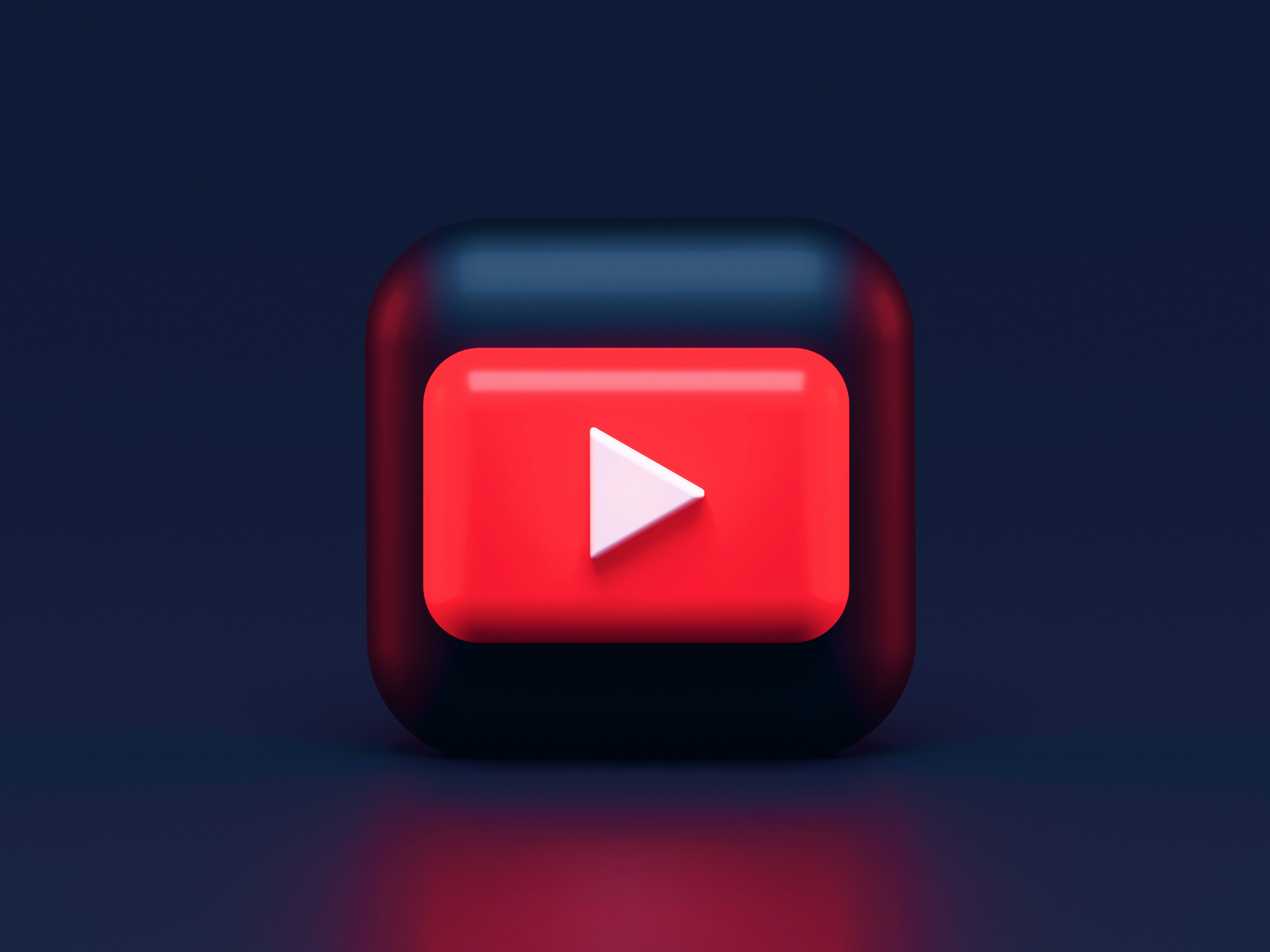We all know YouTube, right? It’s a platform that plays a huge role in our daily lives, whether it’s for entertainment, learning, or connecting with others. But have you ever wondered how YouTube works behind the scenes and how its recommendation algorithm affects our behavior? In this blog, I’m going to explore how YouTube’s recommendation system works, how creators gain millions of views, and how it impacts mental health.
The Power of YouTube’s Recommendation Algorithm
When we open YouTube, the first thing we see is a list of recommended videos. But have you ever wondered how YouTube knows which videos to show you next? The answer lies in YouTube's powerful recommendation algorithm.
At its core, YouTube uses Artificial Intelligence (AI) and Machine Learning (ML) to study users’ behavior—what you watch, what you like, and even what you comment on. Over time, YouTube’s algorithm became more sophisticated, moving from just showing you previously watched content to predicting what videos you would enjoy next. The more you engage with the platform, the more the algorithm fine-tunes its recommendations.
YouTube also takes into account what’s trending, how other users interact with videos, and the popularity of content. For example, if a video gets a lot of positive comments and views, YouTube might recommend it to you, even if you haven’t interacted with similar content before.
How YouTube Helps Creators Reach Billions of Viewers
One of the most powerful aspects of YouTube is that it allows anyone to turn their passion into a career. Whether you're a gamer, vlogger, educator, or creator of any kind, YouTube enables you to upload videos and gain millions of followers and views.
The recommendation system plays a crucial role in this. When YouTube suggests your video to users on their homepage or in the sidebar, it can lead to a massive increase in views. If your video gets a lot of likes and comments, it’s more likely to be promoted to other users, creating a cycle of exposure that boosts views.
YouTube also provides creators with monetization options, including ad revenue, membership subscriptions, and SuperChat during live streams. This means content creators can turn their passion into a sustainable career by earning money from the platform.
The Positive Effects of YouTube on Mental Health
YouTube can have a significant positive impact on mental health in several ways:
-
Educational Content: YouTube offers a wide variety of educational channels, from cooking and fitness to coding and personal development. Watching these channels can boost self-confidence and reduce stress by providing useful knowledge and skills.
-
Supportive Communities: Many creators use their platforms to share positive messages, mental health support, or personal stories. These supportive communities can provide comfort to viewers going through tough times, fostering a sense of connection for those who may feel isolated or lonely.
-
Inspiration and Motivation: Some channels focus on inspiring or motivating people to pursue their passions or overcome challenges. These channels can uplift and empower viewers, helping them feel more hopeful and capable.
The Negative Impact of YouTube on Mental Health
While YouTube has many positive aspects, it’s important to acknowledge its negative effects on mental health:
-
Pressure to Perform: For content creators, the constant pressure to produce content that gets high engagement (likes, views, comments) can lead to stress, burnout, and anxiety. The need to keep up with trends and maintain an active presence can be overwhelming.
-
Comparison Culture: Viewers often compare themselves to creators they watch, leading to lower self-esteem and dissatisfaction. Seeing others’ seemingly perfect lives or achievements can foster unhealthy comparison and feelings of inadequacy.
-
Endless Scrolling and Time Loss: YouTube's algorithm is designed to keep you watching. This can lead to hours of endless scrolling, and over time, it can result in feelings of guilt, anxiety, and depression. Spending too much time on the platform can also affect real-life productivity and lead to a loss of valuable time.
-
Sleep Disruption: Watching YouTube videos late at night can interfere with sleep patterns, leading to fatigue the next day. Sleep deprivation has a significant impact on mental health, increasing stress levels and affecting emotional well-being.
Conclusion
YouTube is undeniably a powerful tool that has transformed how we learn, entertain ourselves, and connect with others. However, like any technology, it’s important to use it mindfully and be aware of its impact on mental health. By understanding the way YouTube’s recommendation algorithm works and how it influences our behavior, we can take steps to use the platform in a way that benefits our mental well-being.
For creators, it’s crucial to strike a balance between content creation and self-care, while for viewers, limiting screen time and engaging with educational or supportive content can help promote a healthier experience. Ultimately, technology should be used to enhance our lives, not to take control of them.


.jpg)

0 Comments